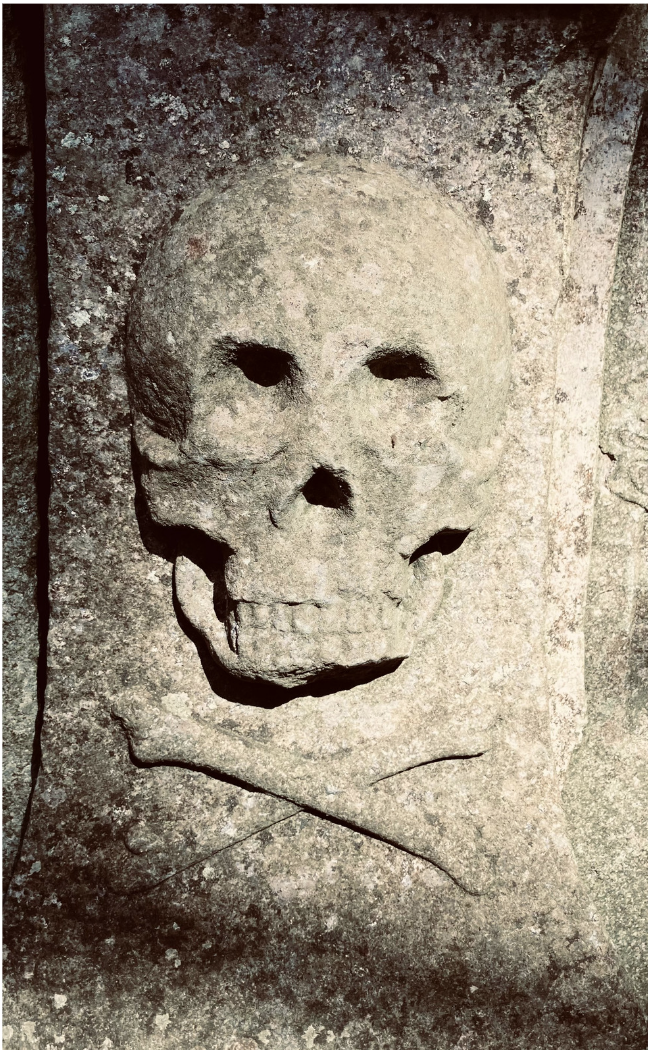Visiting

Free access
Free access
St Flannan’s Cathedral and Graveyard are open every day from 10am until 6pm, you are free to walk around, explore and immerse yourself in this magnificent 800 year old church.
Tours
Guided group tours can be arranged by appointment please contact us below. Ground floor tour takes approximately 45 minutes. Tours to the Bell Tower are by special arrangement as are graveyard tours.

Tours
Artefacts
What to see
“Our 13th century cathedral is home to a number of fascinating artefacts, from the Romanesque Portal to the bilingual runic-ogham cross fragment. You are welcome to wander around and feast your eyes on unique pieces of craftsmanship in stone, wood, glass and metal ranging from the 12th to the 21st centuries

Romanesque Portal
Romanesque Portal
This portal dated to the late twelfth century was probably the west door of the earlier cathedral – “The Lost Cathedral”.
It is likely that it was reassembled in its current position in the early eighteenth century. Situated over two grave slabs decorated with crosses, it seems that the doorway was initially presented as a monument to Muircheartach Ua Briain. King of Munster, high king of Ireland, and one of the most dynamic and outward looking of the pre-Norman Irish kings, he died in 1119 and was buried at Killaloe.
The sandstone portal is one of the most elaborate items of Romanesque architectural sculpture to survive in Ireland. It has four orders and every surface is cut so that they eye follows the zig-zag of chevrons and chamfers and can linger on animal and human heads and a wild variety of foliate carving.
Thorgrim’s cross fragmentThorgrim’s cross fragment
This stone is part of the shaft of a free standing cross.
It bears two inscriptions; one on the broad west face in Old Norse runes, and one on the narrow south side in Irish ogham script. On the back face (east side) is a very simple depiction of Christ crucified.
The runes read: ‘Thorgrim erected this cross.’ The ogham reads; ‘A blessing on Thorgrim’. It is the only runic-inscribed Irish Christian monument known at present, and the only known bilingual ogham and rune stone in Ireland.
Who was Thorgrim? Recently, it has been suggested that he was Thorgrim Furcap, a Norwegian baron, who wintered in Killaloe with the King of Norway, Magnús Barelegs, under the protection of Muirchertach Ua Briain, during Bareleg’s Irish diplomatic campaign in 1102-1103.

Thorgrim’s cross fragment

The Medieval Font
The Medieval Font
This font has been dated to the thirteenth century.
It is decorated with flowing leaves and a curved cross and rudimentary capitals at the four corners. It originally had eight supports. Unused by the early nineteenth century, it was re-erected in the nave by Bishop Richard Mant in 1821. It was moved to its present location in 1999.
The High Cross
This is a wheel cross depicting a simple crucifixion backed by very lightly inscribed interlace.
It was carved at a monastery in Kilfenora, Co Clare in the late eleventh or early twelfth century, one of five high crosses produced by the same workshop. The other four remain at Kilfenora. Bishop Richard Mant brought this cross to the bishop’s palace at Clarisford, Killaloe in 1821. The plaque on the cross records this ‘rescue’ in Latin text.
In the 1930s the cross was brought to the cathedral and attached to the west wall by the Romanesque Portal; the bolt holes are still visible. It was conserved and set on a low stone plinth on the northern side of the nave in 1999.

The High Cross
Artefacts
What to see
St Flannan's site is shared with an even older building - the 12th century St Flannan's Oratory, estimated to have been built circa 1100. The cathedral is surrounded by the graveyard, a very peaceful place of rest. The earliest marked graves are those of Bishop Roan 1692 and Elisabeth Brown 1719

St Flannan’s Oratory
St Flannan’s Oratory
The Oratory was built under the patronage of King Muirchertach Ua Briain and Bishop Máel Muire Ui Dúnáin circa 1100.
It may have been built to house the relics and shrine of St Flannan. It is the nave that has survived, entered by a carved Romanesque door. It has a stone barrel-vaulted ceiling and a steep stone roof, and is lit by two plain narrow lights with inclined jambs. There is a small chamber between the vault and the roof lit by single window lights in each gable. On the east side is a wider plain round chancel arch. IT is regarded as the earliest building in Ireland with Romanesque architectural detailing.
The GraveyardThe Graveyard
The Graveyard contains approximately 223 marked graves and covers an area of 3,434 sq m.
This graveyard served the people of Killaloe up until 1960 when a new cemetery, Relig Nua, was created on the Shantraud Road. The oldest marked grave is that of Bishop Roan who died in 1692 and whose tomb is under the east window; close to Roan’s grave slab is the most impressive tomb in the churchyard. It is a coffer tomb erected for Elisabeth Brown, inscribed as follows:
‘Deceased October the 10th, 1719. Years married 44, aged 57. one husband, bless, and children eleven.’
It is decorated with a trumpet-blowing angel, skull, skeleton, shields and verses about Christ’s invincibility, death and the afterlife.
‘Dread and terrour Death doth be, Death wears an angel’s face, And that mask’d angel will advance thee to an Angel’s place Immortality and eternal life’

The Graveyard
Artefacts
What to see
St Flannan’s Cathedral site is rich in biodiversity and history – where nature meets heritage. A walk around the cathedral and graveyard will inspire you to explore more of what the area has to offer. The Killaloe area abounds with opportunities for outdoor pursuits be it climbing Moylussa, our highest peak, or gently canoeing along our canal. Further afield a visit to the monastic site of Inis Cealtra or to St Cronán’s, Tuamgraney, Ireland’s oldest church in continuous use will keep you curious about this fascinating and scenic corner of Ireland’s Hidden Heartlands.

Biodiversity
Biodiversity
Although by the bustling Royal Parade, St Flannan’s graveyard provides a perfect habitat for various species of flora and fauna.
From our resident rooks and jackdaws who nest in our perimeter mature sycamores to the colonies of bats who live in the oratory and belltower. Mistle thrush feed on our yew berries, robins hop from gravestone to gravestone in search of a worm or two. At dusk the Daubenton’s bats leave the overcroft in the oratory to feed on the canal, accompanied by the Long Eared bats who roost in the bell tower and the Pipistrelles, who we reckon live in nooks and crannies within the graveyard. A full ecology survey of the cathedral and graveyard has been commissioned, we look forward greatly to the findings and working with the local community in protecting this haven and its resident wildlife.
Local Attractions
St Flannan’s Cathedral can be the perfect starting point for a cultural tour of Killaloe and surroundings, following in the footsteps of King Brian and his descendants.
Nearby is St. Flannan’s Well in the garden of the AIB Bank, you can request a visit during bank opening hours. At St Flannan’s Roman Catholic Church on The Green you can imagine what Kincora Palace, the seat of King Brian, was like back in the 11th Century. While you are there inside the church are two beautiful Clarke Windows, one by Harry himself. Also beside the church is St Lua’s Oratory, salvaged in the 1920s from the soon to be submerged Friar’s Island. Killaloe derives its name from this oratory – Cill Dalua – Church of Lua.
At Tobermurragh Park there is Murrogh’s Well, believed to be where Brian’s son Murrogh was baptised. This park is also a wonderful little natural woodland and wetland.
The 18th Century Limerick-Killaloe Canal which runs from behind the cathedral to the Pier Head is a gentle walk where you can take in the mighty Shannon River and observe the comings and goings on the water.
Throughout Killaloe and Ballina the local history society have erected building history signs where you can learn about the previous inhabitants of our twin-towns. Also there is a waterways history walk dotted with information panels where you can learn about how the river came to influence society and industry of the area over the centuries.
To find out what else to see and do in the area visit link to https://discoverloughderg.ie/

Local Attractions
Contact or Visit us Today.
Phone
+353 86 8334433




